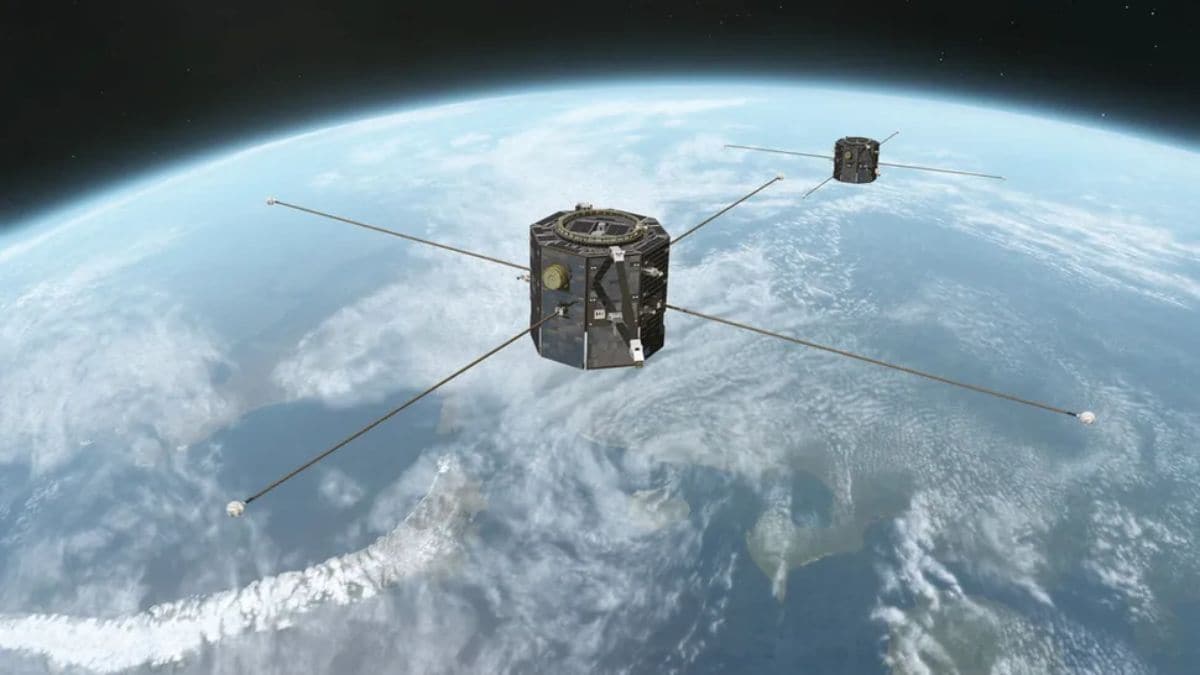
Two NASA satellites are scheduled to be launched into low-Earth orbit in a mission designed to do nothing lower than examine magnetic storms that imperil the Earth’s ambiance, communication, and orbital techniques. Travelling collectively in sun-synchronous orbit, the Tandem Reconnection and Cusp Electrodynamics Reconnaissance Satellites (TRACERS) will hold watch over Earth’s polar cusps — a pair of funnel-shaped areas in Earth’s magnetosphere the place photo voltaic particles and power movement in. By observing these areas, TRACERS will proceed to find out how magnetic reconnection works all through house, powering the large explosions on the solar in addition to the photo voltaic wind that spreads all through the photo voltaic system, resulting in house climate.
NASA’s $170M TRACERS Mission to Observe Photo voltaic Wind and Defend Earth from Area Climate Threats
As per NASA’s briefing, TRACERS will discover how solar wind triggers disruptions in Earth’s magnetic discipline, serving to researchers higher predict when and the place such exercise would possibly happen. The spacecraft will fly intently behind each other, permitting for practically real-time comparability of plasma and magnetic circumstances—an enchancment over earlier single-satellite research. Joe Westlake, NASA’s Heliophysics Division Director, said the mission will assist defend GPS, energy grids, and astronauts by enabling earlier forecasts of photo voltaic storm exercise.
The mission tackles a significant problem in heliophysics, our understanding of dynamic magnetic reconnection phenomena that fluctuate on quick timescales. TRACERS twin method additionally allows scientists to discern between environmental shifts because of the travelling stars or to inherent magnetic variations. “These findings are essential for fundamental research of how the Earth’s magnetosphere interacts with photo voltaic power,” mentioned principal investigator David Miles.
TRACERS, a spacecraft situated 590 kilometers above Earth, will collaborate with different missions to watch the Solar-Earth connection from numerous vantage factors, offering distinctive low-orbit information to enhance broader heliophysics observations.
The $170 million TRACERS mission, set to launch later in July, has been created to bolster readiness for such photo voltaic climate and hold space-dependent trendy societies resilient and protected in a space-dependent world.
